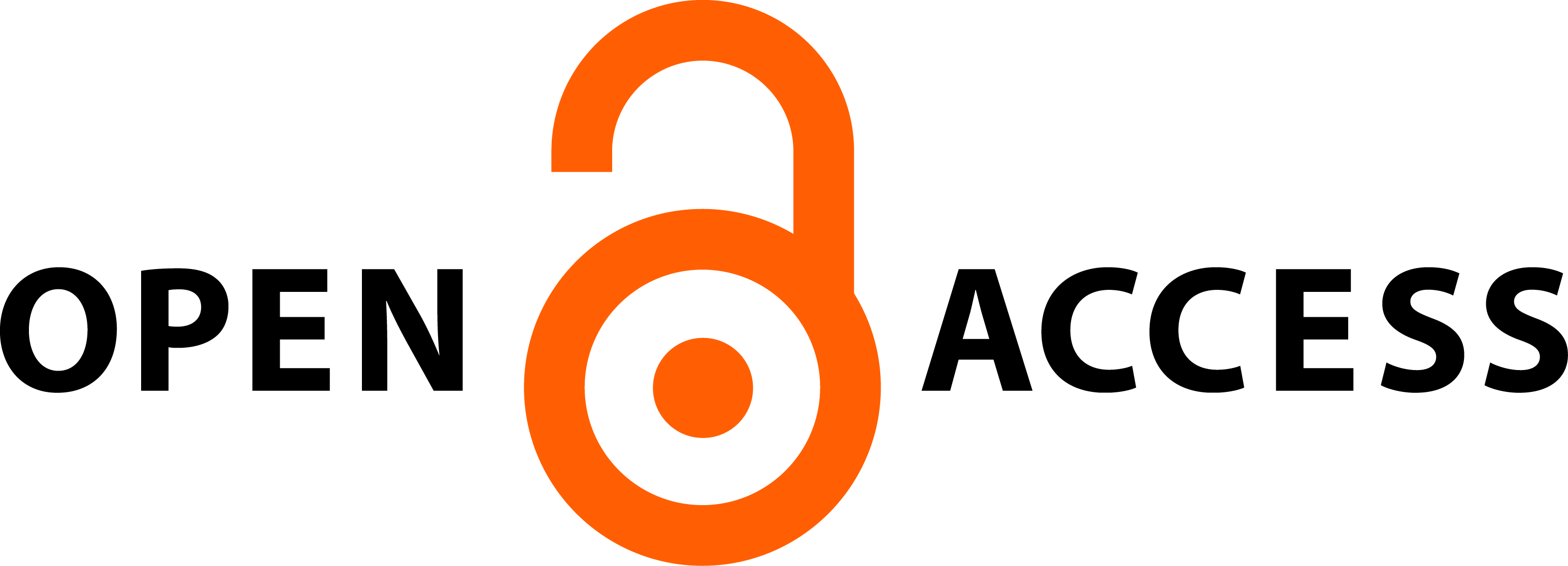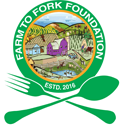Evaluation of yield potential of maize-soybean intercropping in drought- prone areas of Bangladesh
Keywords:
Economic yield, Intercrop, Maize, Profit maximization, SoybeanAbstract
North-western parts of Bangladesh especially Barind Tract, is affected by water scarcity problems in agriculture and secured livelihood. Improved agricultural techniques are needed to increase agricultural production in this region. An experiment was conducted at Agronomy Field Laboratory, Department of Agronomy and Agricultural Extension, University of Rajshahi, during the period from November, 2015 to April 2016 to assess the yield potentials and profitability of maize + soybean intercrop. The experiment was carried out with three cropping systems (sole maize, SM; sole soybean, SB and maize + soybean intercrop, MB) and two row orientations (north-South, NS and east west, EW). Hybrid maize variety ACI-3110 and Binasoybean-3 were used as planting materials. Most of the growth parameters, yield contributing characters as well as yields in both crops were the highest when grown as sole cropping (maize or soybean alone). In Maize, maximum grain yield was found in sole maize (5.66 t ha-1) with north–south orientation and minimum yield was found in maize + soybean intercrop with east- west orientation (4.99 t ha-1). On the other hand the maximum seed yield (1.39 t ha-1) was found in sole soybean and the minimum seed yield (0.81 t ha-1) was found in maize + soybean intercrop. Although both crop shows better growth and yield when cultivated alone but intercrop gives higher economic return compared to sole soybean or sole maize. So it can be concluded that maize + soybean intercrop might be the best practice for north-western parts of Bangladesh rather than sole soybean or sole maize.
Downloads
Downloads
Published
How to Cite
Issue
Section
License
Copyright (c) 2017 by the author(s). This work is licensed under a Creative Commons.

This work is licensed under a Creative Commons Attribution-NonCommercial 4.0 International License.





















